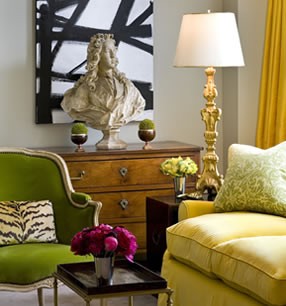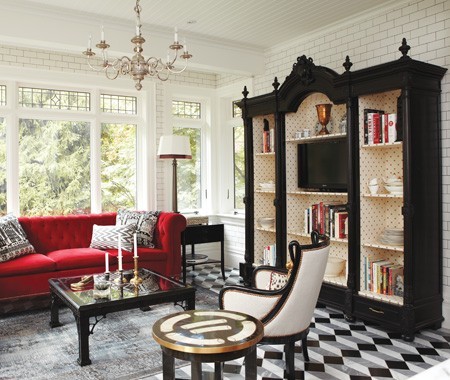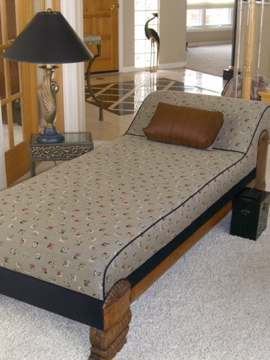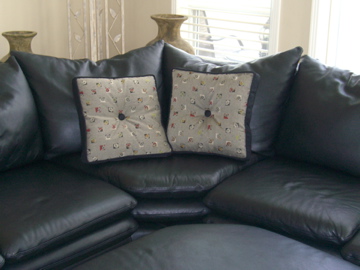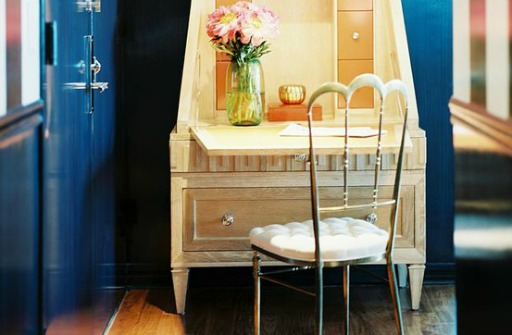
Using Antique Furniture in Contemporary Interiors | Guest Post
One of the best parts of interior design and decoration today is the wealth of furniture available from centuries of human design aesthetics. This means that every homeowner can choose from both new and old styles to craft a look that speaks to his or her own unique personality and viewpoint. Antiques are valuable not only for their classical appearance, but also for the history and the memories steeped into every piece. They can be an excellent addition to any room, but there are some challenges associated with decorating with antique furniture. By keeping these three simple rules in mind, it is possible to overcome those difficulties and create a home that feels both elegant and modern.
Make it a Centerpiece
An antique cabinet, bookcase or table will be an attention-grabber in any setting, and doesn’t need to compete with other furnishings. Antiques should have their own space, removed from anything that is comparable in size or larger. That doesn’t mean that there should be a barren patch all around an antique, but other big pieces can be used elsewhere for greater effect. Similarly, putting two antiques together, like an end table and a chair, can cause a feeling of antiquated isolation in a sea of newer furniture, and so antique pieces should be spaced out as well.
 via Lonny Magazine
via Lonny Magazine
Give it a Modern Twist
The problem with antiques is that, if not utilized properly, they can look stodgy and old-fashioned. There’s a difference between paying homage to tradition and a study looking like it was imported straight from 1787. To strike the right balance, decorators should spruce up antiques with bright colors, and not be afraid to find new, creative uses for them. For example, instead of using a bookcase to hold dusty old tomes, use it to display a collection of glassware or pottery. (or even a TV)
Blend it With Modern Furniture
The most challenging part of decorating with antiques is integrating them with the rest of a home. An elegant fainting couch surrounded by sleek, modern furniture could stick out like a sore thumb, or it can be tied to the rest of a room by picking up on a few key details. If an antique has dark wood, furniture with a matching finish will call back to it discretely. Colors can be played within a similar manner by including little pops of any upholstery’s tone, or using complementary shades. If you have something like a table, which requires other furniture to accompany it, keep things simple to avoid clashing styles.
Antiques can be a subtle background decoration or the focal point of an entire room, but without proper handling they can just as easily become forgettable or distracting. If decorators remember to make them a part of their interior design plan, and not just a tacked-on afterthought, then they can easily become the highlight of any home.
This guest post has been provided by Loveday Antiques in London.
An addition from Beautiful Habitat:
A few years ago I included an antique in a fairly modern style by reupholstering the piece with combination of modern and black fabrics. Then we repeated the fabric on the black leather sofa, helping to tie the antique into the contemporary room. You can read more about this project in the post Making a Statement with Upholstery.

